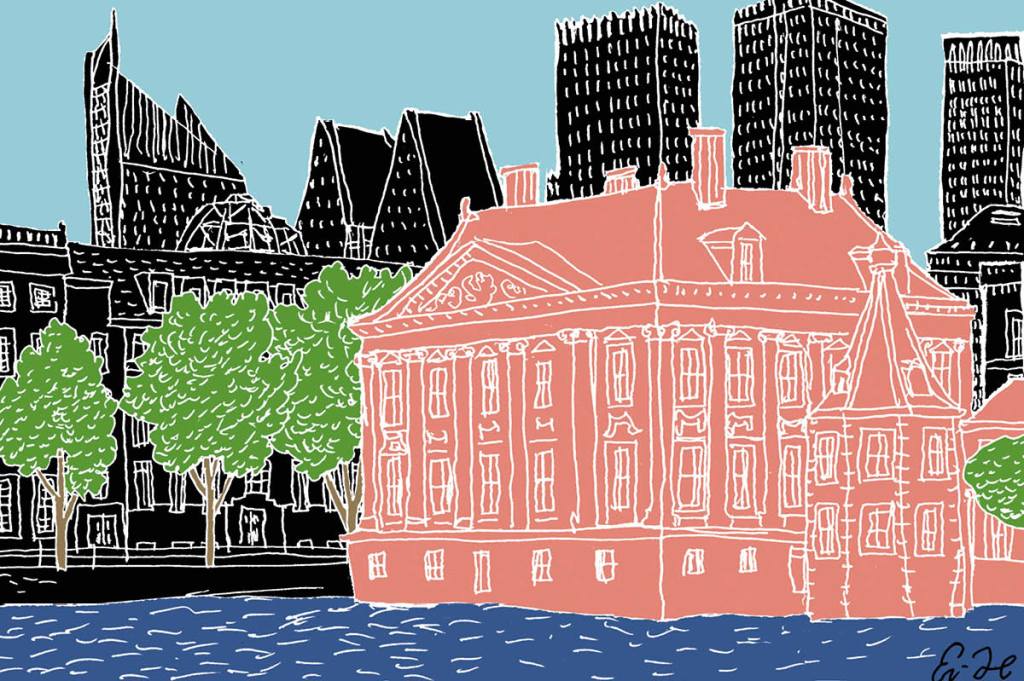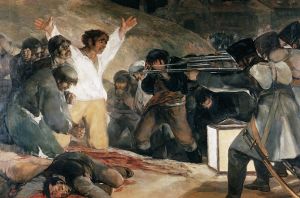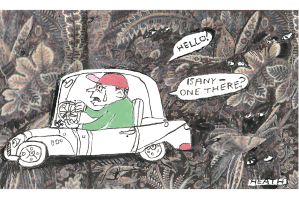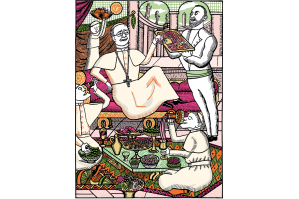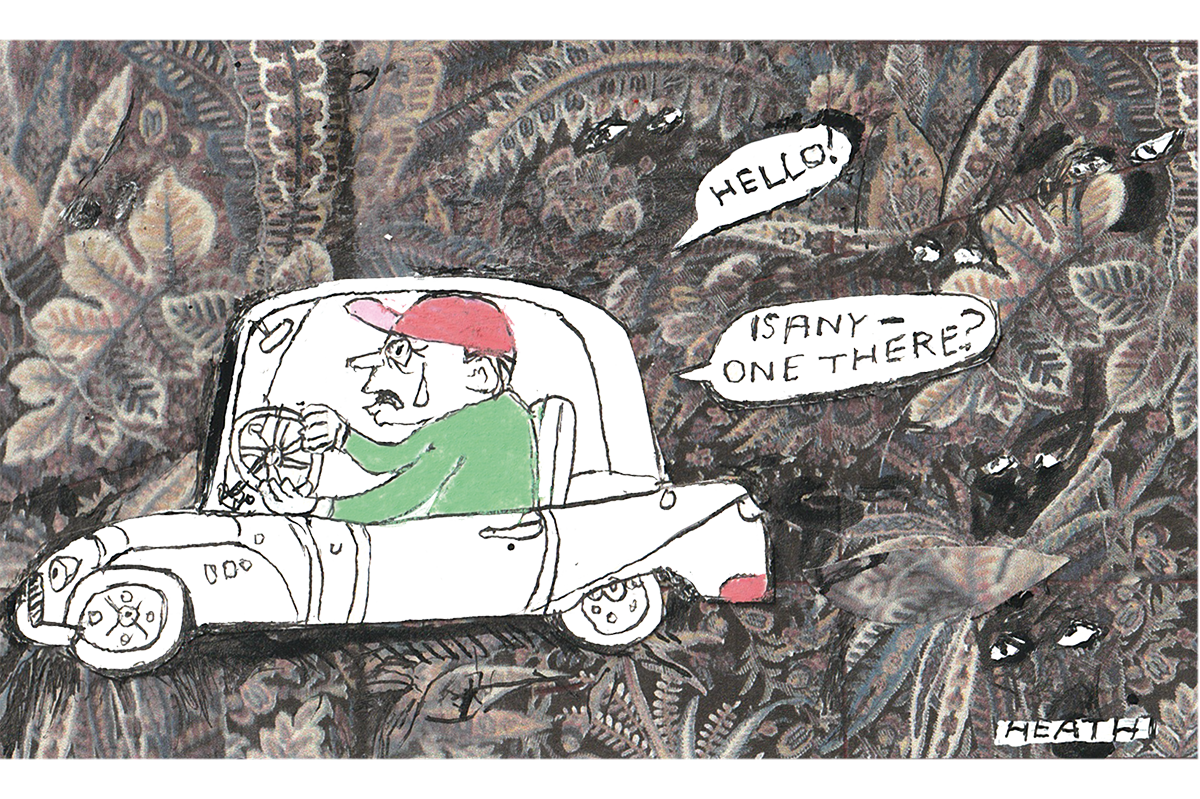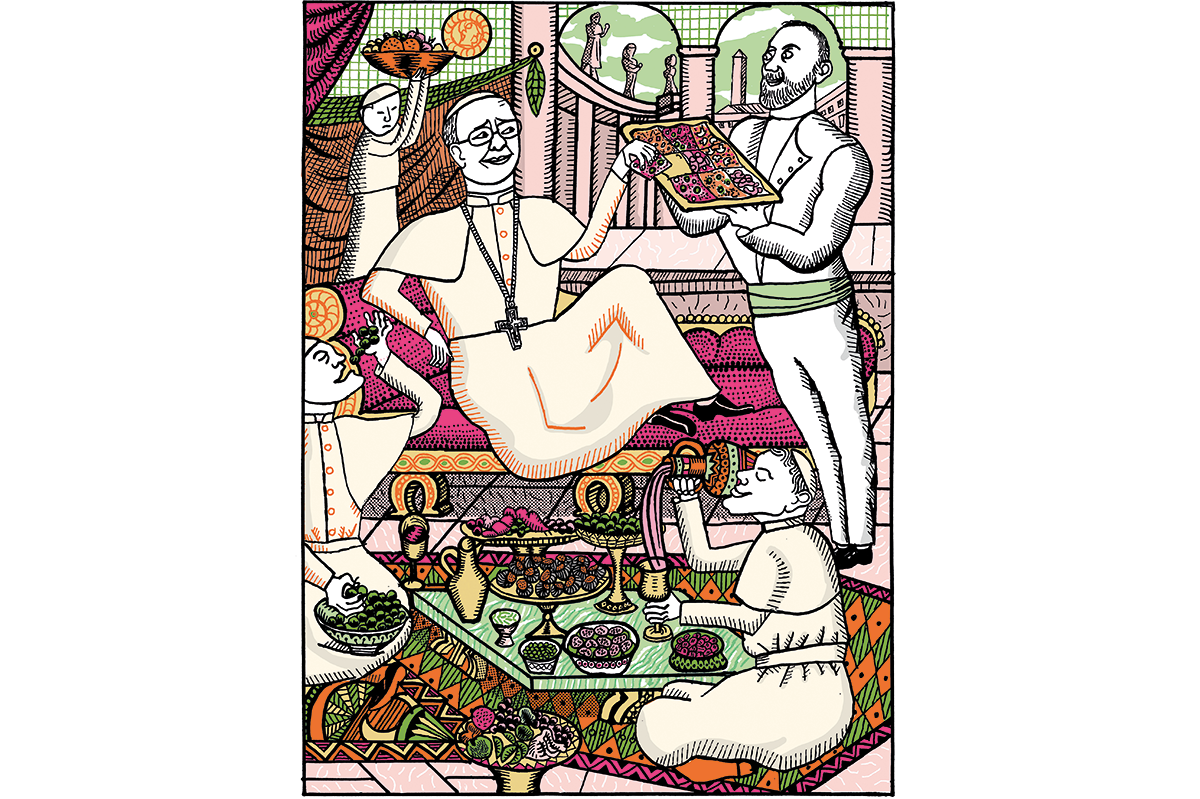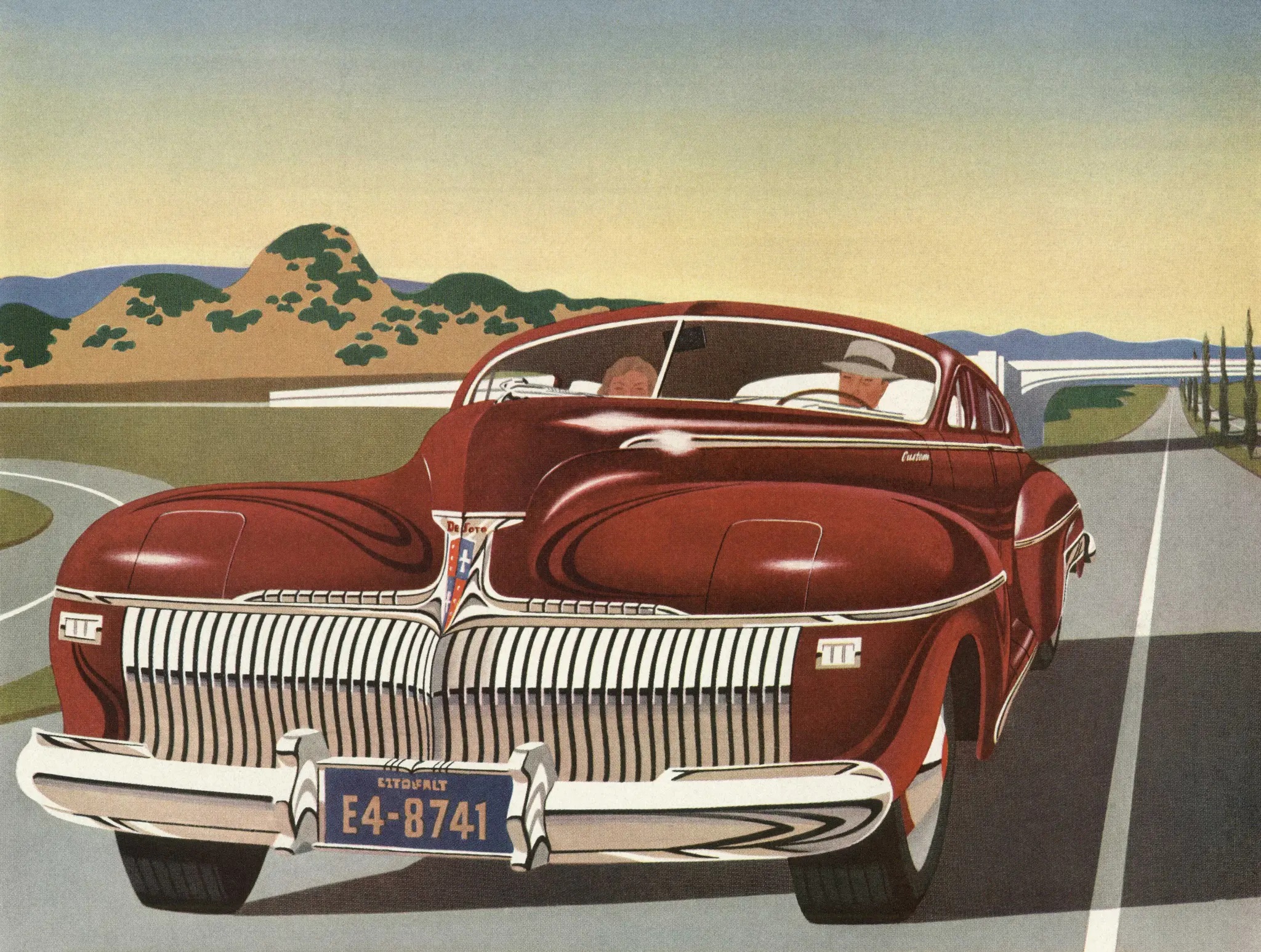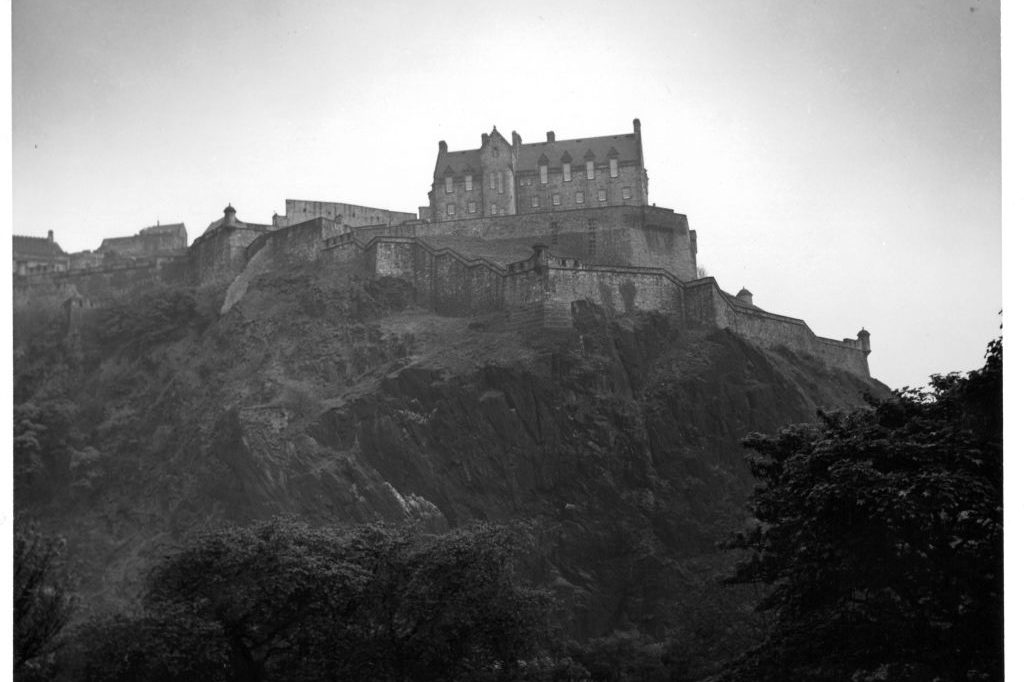Much is said, chiefly by Americans used to Amtrak, about continental Europe’s wonderful train system, though just how wonderful depends on where you want to go. On a recent journey from Southampton, where we had disembarked early morning from the Queen Mary, to The Hague where we missed our evening dinner reservations at the Hotel des Indes, I made certain discoveries. One was that The Hague, seat of the Dutch government, home to the king and queen, venue of the World Court and other august institutions of world government, is now off-line: i.e. it is not on the high-speed rail network that links up London, Paris, Brussels and Amsterdam. This seems curious and, in a way, charming.
I first traveled by train to The Hague sixty years ago, on a rainy echt Nederlands afternoon in the high summer of 1963, to visit the school I was to attend for the next three years and test out the journey. The train from Dordrecht deposited us, as the little green kaartje said, at “Den Haag HS,” Hollands Spoor Station. The neo-baroque edifice has served travelers on the Oude Lijn between Rotterdam and Amsterdam, the oldest railway route in the country, since the 1890s.
In the 1960s, it retained much of the character of pre-War Europe: red brick and black iron, grit and grime, a restaurant with tablecloths and suited-up waiters, the real and residual smell of smoke everywhere. This time, we arrived at night on a glassy modern platform adjacent to the old shed and station-house. Back then, my school commute quickly assumed a routine: from the HS platform down to the cab stand for the ride through the city center, past the Hofvijver, the Binnenhof and the Peace Palace, to the International School at Doornstraat 118 in seaside Scheveningen. Failing a taxi, one hopped on tram #1 from Stationsplein to the Duinweg stop, thence a three or four-minute walk around the corner to school.
In October, I repeated this journey with my son Christopher, now my own father’s age when I was a boy then. In the rain we caught the tram, found the old school (built in the 1930s as the Princess Juliana School for Girls and now office space, the International School having long since moved to posh Wassenaar), snapped a picture and moved on to Scheveningen and a kroketten lunch from a boardwalk vendor. Returning to town, I hoped to give the Peace Palace, somehow neglected as a schoolboy, a visit. We were informed by a chirpy attendant that the last tour had just left but we could “visit the bookstore.” Peace being off that day, I settled for a consolation ice cream met schlaag (topped with heavy whipped cream) on the sidewalk out front, a unique taste and texture unchanged then to now.
Utterly changed, then to now, is the philosophy by which the Dutch orchestrate their public life. Riven by a long and bloody history of religious division between Protestants and Catholics, the Dutch through the early 1960s practiced a system of rigid social segregation based not, as in the United States on race, but religion. The Dutch word verzuiling means a kind of pillarization of society into religious groups (then just the two Christian ones), each with its own network of institutions: schools, hospitals, care homes, trade unions, extending even into sports and employment. Strange as it may now seem, it was a benevolent brand of discrimination that aimed to manage old tensions, promote political compromise and, in conjunction with Holland’s “polder mentality” (the habit of collective responsibility for the flood defenses essential to keep out the sea), to buttress national unity in a densely populated, religiously divided country.
It made, as I recall it, for a buttoned-up, no-nonsense sort of atmosphere. Between then and now, the pillars have pretty well crumbled. The country today enjoys a reputation as one of the most secular in Europe, its worship confined largely to the one true church of multiculturalism. From such a present, the visitor returning from long ago looks back with gratitude on reminders of his Hague past.
Three reminders of that past particularly stand out, for a reason that I did not apprehend as a boy. All have in common a respectfully Dutch sense of scale. The Mauritshuis, officially the Royal Picture Gallery Museum and a jewel box of sixteenth- and seventeenth-century Dutch art, was the first place I ever gazed directly upon great painting. Here was an embarrassment of riches beyond my comprehension if not beyond youth’s sense of wonder. Relative to the Rijksmuseum, the Louvre or the National Gallery, it is a small collection, but who could ask for more? Rembrandt, Vermeer, Hals, Rubens, van der Weyden, Holbein the Younger were and are still there. And the “there” rivals the masterpieces it contains, for it is one itself.
Originally the private home of Johan Maurits (1604-79) built between 1633 and 1644 in the center of The Hague, the Mauritshuis is a matchless example of Dutch architectural classicism, replete with pilasters, capitals, cornices and pediments. It is no palace however, but a tasteful mansion scaled to its neighbor the Binnenhof, seat of the government and itself a small version of Westminster.
Another respectful member of the Binnenhof environs, the Hotel des Indes nestles just across the way on the Lange Voorhout. It too was built as a private home by a counselor to King William III in 1858. In the 1880s the stately edifice became The Hague’s first grand hotel in the spirit of belle époque Europe and was named after the first Hotel des Indes in Batavia in the Dutch East Indies. The arms of Batavia still adorn the entrance. Its fortunes have waxed and waned over the years, including a period of state ownership following World War One, when it was maintained as a lodging for diplomats engaged at the nearby Peace Palace. In 1940s, a pigeon roost on the roof was used to hide fugitive Jews, under the nose of the German occupiers who had commandeered the hotel as their headquarters. After the war, it passed through a series of owners, managers and renovations, and added to its celebrity guestbook: Winston Churchill, Dwight Eisenhower, Arthur Rubinstein, Josephine Baker, Maurice Chevalier and the Rolling Stones.
Snugged-in among the linden trees and quiet of the Lange Voorhout, it remains today much like its Mauritshuis neighbor, a modest classical presence (just four floors and fewer than a hundred rooms) amid the encroachments of modernity.
The miniature park Madurodam, near Scheveningen, takes scale literally. Named for Dutch war-hero George Maduro, who fought the Nazi invasion in 1940 and died at Dachau, Madurodam began as a salute to national survival and postwar recovery. Planned as a money-making, charity-supporting enterprise, it was built to uniform 1:25 scale and modeled on the first such miniature park, England’s Bekonscot, from the 1930s. Later, it inspired less modest imitators in California, France and Spain. Madurodam is no conventional, entertainment-peddling amusement park but a slow-speed reduction of familiar reality that bids visitors observe and admire. Some features “move” (trains in particular, but also canal boats, windmills and even an organ player); most of it doesn’t. Modeled likenesses of ancient and modern Holland mix with ease. A tag line from early days — “Het stadje met de glimlach” (the little city with a smile) — still gets at its point. And of course, among its many models of historic buildings you will find both the Mauritshuis and the Hotel des Indes.
Such revisiting, after many years, blurs time and place. Most of the time is gone now, the place changed as may be. Age sharpens one’s view of what remains and was only skimmed-over the first time around. This is not nostalgia but re-appreciation for something still very much alive. One rock-solid remainder for me, and the first stop literally of my many Hague stops through the years, is where this piece began: Hollands Spoor Station, then on the mainline but what now seems a side-track. On that first arrival sixty years ago, I surrendered my green single kaartje at the exit barrier. Soon, I would only flash a monthly pass. My Scholierenkaart afforded first-class passage from Dordrecht to The Hague and return five days a week. It cost the DuPont Company, my father’s employer, eighty-one of the old Dutch guilders, then about twenty American dollars. It was strikt persoonlijk, with a black-and-white photograph of the holder (mine, a correct shirt-and-tie likeness) attached. My very last one, “tot en met 18 Juni 1966,” sits on my desk as I type.
Many old distinctions have faded in our times, and youth’s distinctness is one. As it thins out, our ability to remember youth when it is long past grows dull, and as the past retreats, our defenses weaken further against confusions of the present. Childhood, John Betjeman put it in his autobiographical poem Summoned by Bells, “is measured out in sounds and sights and smells before the dark of reason grows.” Reason’s darkness aside, he was onto something. Realities apprehended sensually, not intellectually, run deep and may last the longest. My son and fellow-traveler is a musician with near-perfect pitch. Second day in The Hague, having heard those around him and some of my vocabulary-challenged restaurant- and taxi-cab Dutch, he remarked: “Dad, this is a strange language, and I don’t know what you’re saying, but you’ve still got it in your ear. It’s all in the ear.” Some things you never forget.
This article was originally published in The Spectator’s July 2023 World edition.



